5. Autumn Sonata (1978)
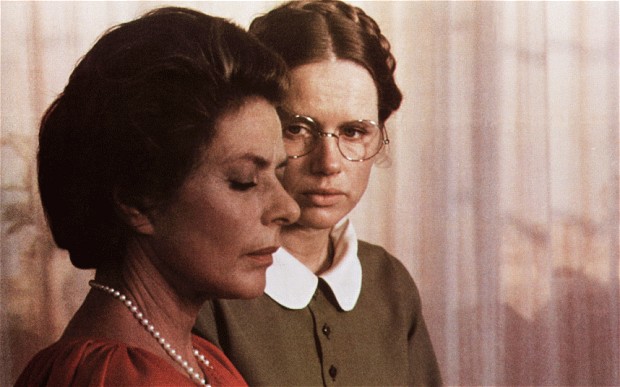
Few films portray mother-daughter relationships as succinctly and realistically as Autumn Sonata. Bergman was the authority in portraying dysfunctional-families on screen. Many of his most famous films like Cries & Whispers, Fanny and Alexander, and Scenes from a Marriage are among the truest depictions of family life put on film. In a way, many of his films are the opposite of melodramatic.
But it is possible for a film to be both jarringly real and melodramatic. It is rare and difficult for a film to achieve this, but Autumn Sonata does. It is the story of a mother’s visit to her daughter’s home after years of absence. Liv Ullmann plays the daughter, Ingrid Bergman plays her mother. The different layers of emotional trauma and neglect in their relationship get progressively revealed through conversations between them.
You might have noticed that what many of the films on this list have in common is that they are clear melodramas, yet the filmmakers’ respective styles and thematic preoccupations are just as important to the film. Bergman uses many of the plot elements and techniques of melodrama in Autumn Sonata, but it is undeniably a Bergman film. It’s an emotionally draining and bittersweet story, much less ambiguous than most of Bergman’s work but just as poetic. Aided by Sven Nyqvist’s melancholic cinematography, Bergman was able to create a slice-of-life chamber-piece that is also relatable and complex.
4. Far From Heaven (2002)
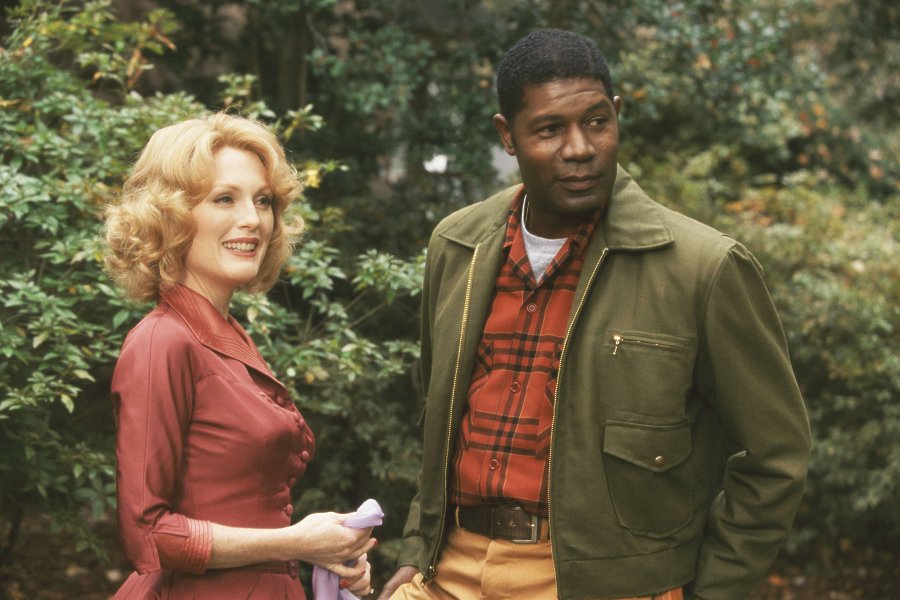
Oh what would the world be without good old Todd Haynes? The man responsible for turning Cate Blanchett into Bob Dylan and putting Christian Bale and Ewan McGregor in a bizarre love triangle (see Velvet Goldmine, 1998). Far From Heaven seems like a Douglas Sirk film that never got made because it was too risqué. We have a dissatisfied female protagonist, conflicting desire, and racial tension. What else could anyone ask for? And yes, Far From Heaven is as melodramatic as it gets without veering into Hallmark movie territory. Even the colors are extra saturated. It could be argued that it’s simply a homage to the melodramas of old but that would be an insult to Haynes’ artistry and vision.
Julianne Moore plays a dissatisfied housewife. A woman perpetually waiting for her aloof husband to come home, which he rarely does as he is too preoccupied with his secret male lovers. Far From Heaven is set in 1950s suburban Connecticut, a time and a place where homosexuality was extremely frowned upon. Like her husband (played by Dennis Quaid), Moore’s Cathy is also drawn to someone out of reach: a black man (how could she!). It’s the story of two people, too comfortable in a world where the love they want is forbidden. The question the film asks is whether risking it is worth it or not.
3. The Umbrellas of Cherbourg (1964)
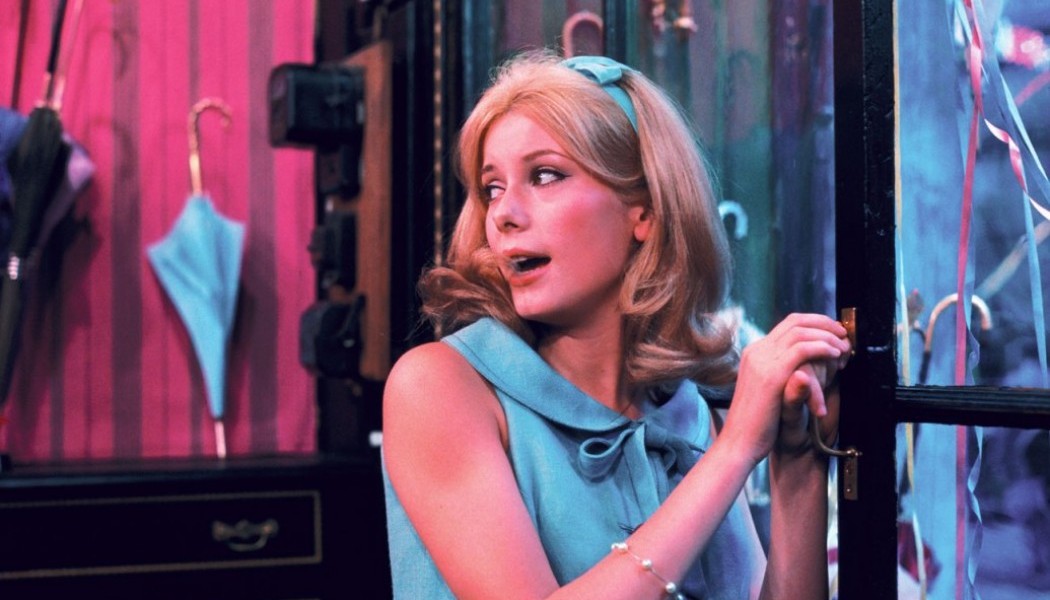
The etymology of the term “melodrama”, comes from the Greek word “melos” meaning music, and the french for drama “drame”. One of the key characteristics of the genre is that music is used to heighten emotions or signify characters. With this in mind, Jacques Demy’s The Umbrellas of Cherbourg is an excellent definition of what a melodrama is since every single line of dialogue is sung.
The Umbrellas of Cherbourg is the story of a young girl named Geneviève in the French coastal town of Cherbourg. Geneviève falls in love with Guy, a mechanic. When Guy is sent off to war, Geneviève struggles to maintain her pledge of love to Guy in the face of pressure from her mother to marry a rich Parisian jeweler.
Every line of dialogue is sung, and a constant score is employed to underline the emotional tone of a particular scene. It’s reminiscent of an opera, another branch of theater that the melodrama owes a lot to. It is a very melodramatic story. Unrequited love, longing, and fear are abundant. The way that music is used is clearly manipulative, but not in a way that feels cheap whatsoever. It’s a film bursting with color, energy, and feeling. After a while, the musical execution begins to just feel natural. Wonderfully shot and edited and with one of the most bittersweet endings ever, The Umbrellas of Cherbourg is an absolute gem.
2. City Lights (1931)
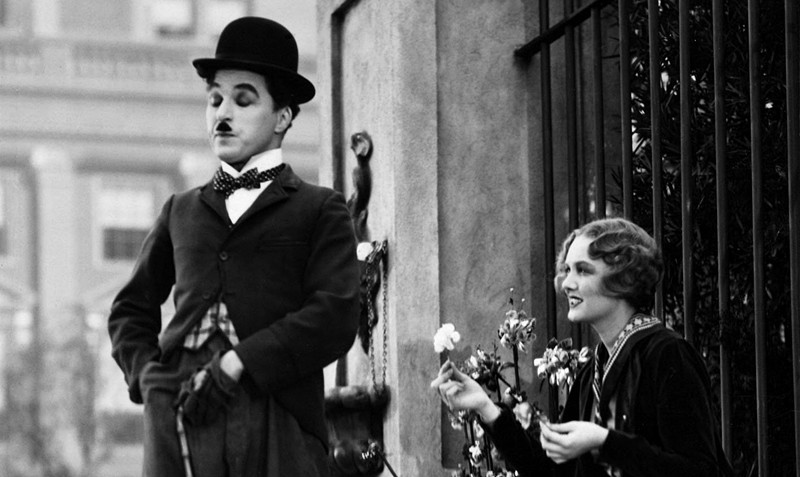
Cinema owes a lot to Chaplin. His films were a perfect mix of irony, slapstick, and pathos. Through his “Tramp” character, he did away with the notion that cinema was incapable of being both entertainment and art. The best example of this is City Lights. The film was not extremely popular upon its release, but through the decades it has grown in popularity and esteem and is now considered one of the greatest films of the silent era.
It’s the story of the Tramp and a blind flower girl. The Tramp falls in love with the flower girl and pretends to be rich so she’ll like him. Since she’s blind, she falls for it. Like a proper melodrama, the story deals with themes of class, dignity, and love. It also contains many humorous scenes. In it are some of the most intricate and funny Chaplin gags, like the boxing fight and the nightclub scene.
City Lights is proof that a story can be melodramatic and goofy at the same time. It seamlessly intertwines silly with sad, sometimes even within the same scene. The use of music is also very deftly used. As they didn’t have dialogue, silent films had to rely on music and exaggerated acting to convey the emotional tone of their characters and situations. Particularly impressive is that, like most of his films, Chaplin wrote, directed, produced, and starred in it. City Lights is a cinematic wonder in and of itself, the fact that it has one of the most emotional endings of all time is just the icing on the cake.
1. Imitation of Life (1959)
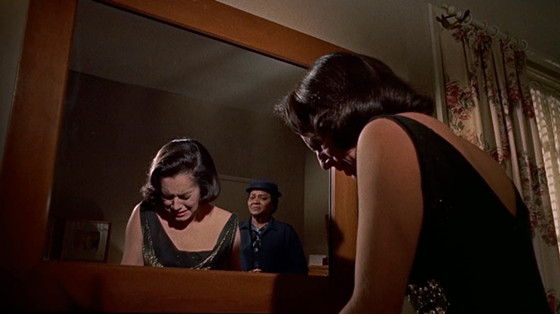
If you were to say the word “melodrama” to someone who knows a lot about film, their mind would probably turn to Douglas Sirk. Sirk was a German filmmaker best known for his Hollywood melodramas. Sirk immigrated from Nazi Germany and began to make films in Hollywood. His style defined how a melodrama is perceived by modern audiences. His movies were emotional tales of fear and desire, almost always masterfully written and shot.
Throughout the 50s, Sirk cemented his place as the master of melodrama with films like All That Heaven Allows (1955), Written on the Wind (1956), and Imitation of Life (1959). This last one is particularly notable due to its taboo subject matter at the time. Imitation of Life is the story of four women. Lora Meredith is a widow who moves to New York with her daughter Susie, trying to make it as a stage actress on Broadway. One day she befriends a black woman named Annie and hires her as a servant. Annie’s daughter Sarah Jane is mixed and white-passing, people are surprised to find out that her mother is black. The story has various storylines. One of them is Lora’s attempt to make it as an actress. Yet the more powerful and emotional one is Sarah Jane’s quest for self-identity. Sarah Jane struggles with her black heritage in a world of racism and tries through various ways to detach herself from it.
The film has all the usual themes and cinematic techniques of melodrama. There’s plenty of unrequited love, family drama, exaggerated but top-notch acting, outlandish situations, and dramatic dolly-ins. The ending is a melodramatic extravaganza in which Sirk even seems to point out the artifice inherent in the film itself. Sirk’s films were artful and self-aware pieces of filmmaking. They set the standard of what a melodramatic film should look like, and Imitation of Life might be his most daring and beautiful work.